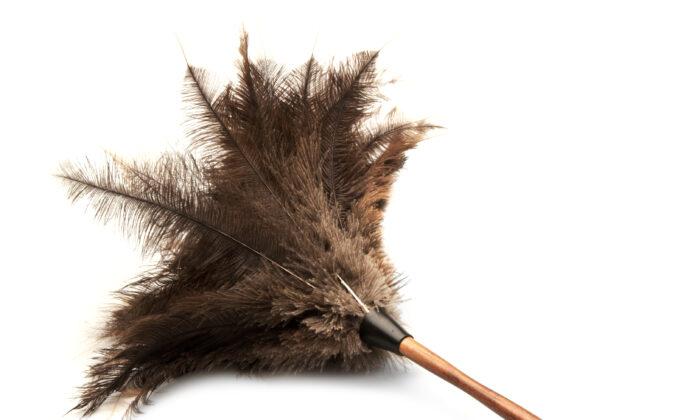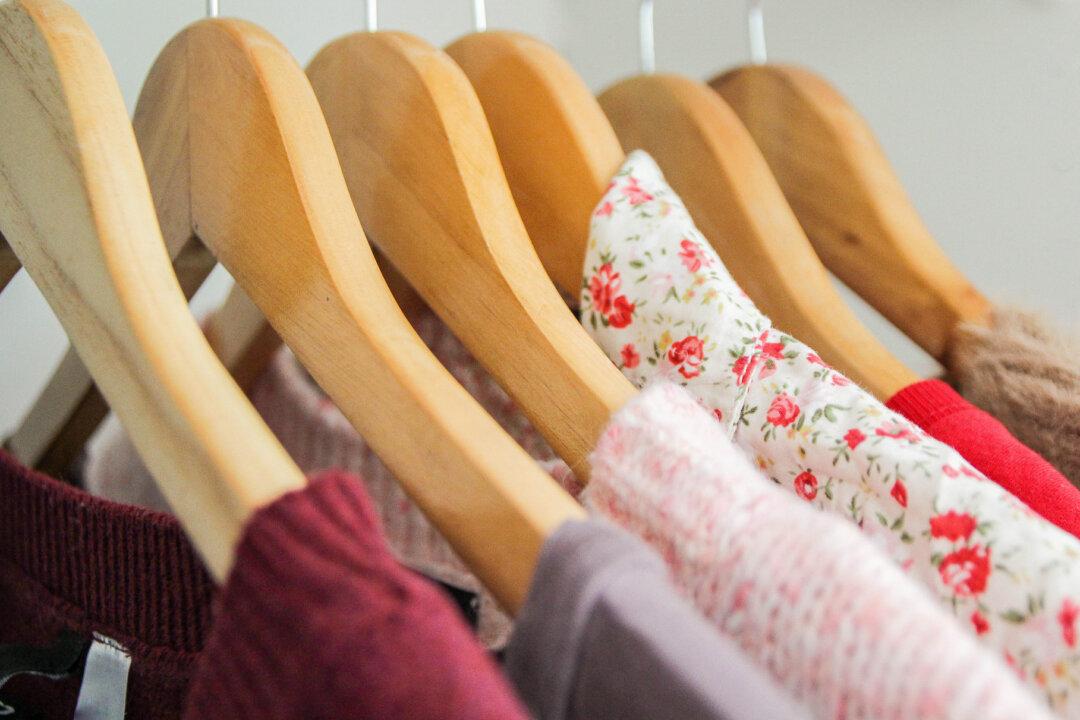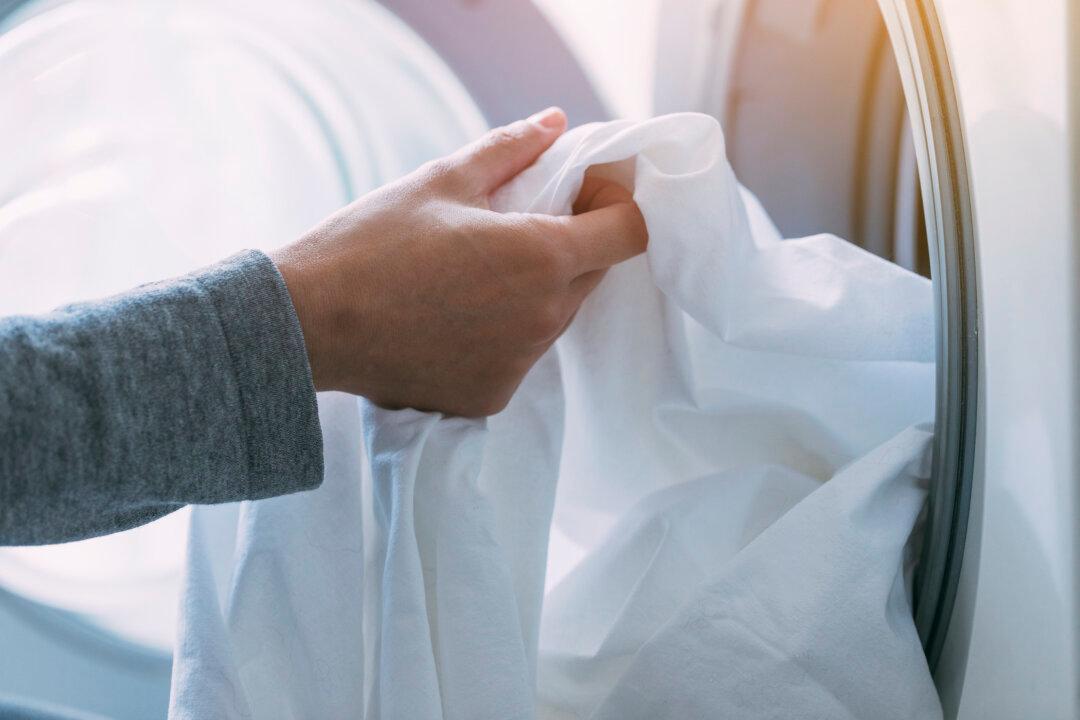One household chore you shouldn’t procrastinate on for too long is dusting. A few dust bunnies might seem harmless, but that powdery buildup can harbor some pretty gross stuff. Dust is mostly made up of human skin cells, but it can also contain dust mites and their droppings, bacteria, mold, pet dander, and even viruses. As dust gets stirred up into the air, these particles can trigger allergic reactions, asthma attacks, and other respiratory issues.
“Very few of us think about the dust that is in our homes and often only clean to remove it as it looks unsightly,” says Josh Mutlow, design manager for Dyson. That means dust can easily accumulate in unseen places or spots where you don’t regularly clean, impacting your home’s indoor air quality.
Regularly dusting is key to a healthy home, but there are several spots you might be forgetting to dust during your typical sweep. For a clean, allergen-free space, pay attention to these nine commonly overlooked areas where dust (and the germs that come with it) tends to lurk.
1. Ceilings
The textured surface of most ceilings easily accumulates dust and cobwebs, but most people don’t give this area much thought while cleaning. According to Dyson’s 2021 global dust study, which included more than 10,000 participants from 10 countries, the ceiling is the top spot people forget to dust, with nearly two-thirds of respondents saying they frequently skip over this area. To clear dust overhead, Mutlow suggests using a lightweight cordless vacuum with a soft brush attachment for large expanses and a crevice tool for corners.2. Mattresses and Bedding
Because dust mites feed on dead skin cells and thrive in dark, humid, and warm places, beds are basically the ultimate breeding ground. Keep dust mites in check by regularly vacuuming your mattress on both sides. Plan to do this about once a month or every time you change the sheets if you suffer from dust allergies. Wash bedding, including pillows and throw blankets, in warm or hot water to help eliminate allergens. The water should be at least 130 degrees F to effectively kill dust mites.3. Light Fixtures
“Dust can gather in lampshades and light fittings, which can then burn on hot bulbs or be moved around the room by the production of warm air around the bulbs,” Mutlow says. Before cleaning, turn off the light fixture and wait until it’s completely cool. Use a dryer sheet or dry microfiber cloth to wipe away dust on glass shades and bulbs. For fabric lampshades, run the soft brush attachment of a vacuum cleaner across the surface to remove dust.4. Walls
Especially in humid areas like the bathroom, dust can contribute to mold growth. To clean your walls, vacuum using a soft brush attachment or wipe with a damp sponge or microfiber cloth. For hard-to-reach areas, use a cloth mop with a long handle. Spray the cloth first with dusting spray for extra cleaning power.5. Baseboards
Because they’re located near the floor and often out of sight, baseboards are a major dust collector and often go uncleaned. To easily dust baseboards without having to bend over, run the brush attachment of your vacuum across the surface. Follow up with a dryer sheet to deter dust from gathering again.6. Window Treatments
In addition to dust, airborne pollution, rubber particles, and pollen can blow through windows and get caught in your curtains and blinds, Mutlow says. Vacuum window treatments using a brush attachment to remove buildup, or use an old sock as a duster for blinds. Place the sock over one hand, lightly spritz it with water, and slide it over each slat to wipe away dust. For machine-washable curtains, follow the instructions on the care label and use the warmest water safe for the fabric.7. Pet Beds
Just like our mattresses, pet beds are a prime place for dust mites. Launder any removable covers in hot water to kill dust mites and wash away dander. If you can’t remove the cover, Mutlow suggests using a vacuum with an attachment like Dyson’s hair screw tool ($50, Dyson) to agitate and pick up pet hair, dander, and allergens.8. Showers
The humid environment of your bathroom, especially right after a shower, creates ideal conditions for dust mites. “Upping humidity levels in your home for even an hour and a half a day can enable microscopic house dust mites—who absorb moisture from the air rather than drinking—to survive in the dust in your home,” Mutlow says. Always turn on the ventilation fan before showering to help reduce humidity, and clean your shower often with a product that’s suitable for the material. Be sure to wipe away dust from all niches, ledges, and the top of your shower surround, too.9. Houseplants
Houseplants collect dust on their leaves that can block sunlight and impact their ability to photosynthesize. To keep your plants healthy and dust-free, gently wipe leaves with a damp cloth, or use a small, soft-bristled brush to sweep away buildup. Rinsing plants in warm water is another way to get rid of dust as well as pests. Place small plants in the sink, and wash larger ones in the shower. Let the plants drip-dry before returning them to their regular spots.Better Homes and Gardens is a magazine and website devoted to ideas and improvement projects for your home and garden, plus recipes and entertaining ideas. Online at BHG.com Copyright 2022 Meredith Corporation. Distributed by Tribune Content Agency, LLC.





